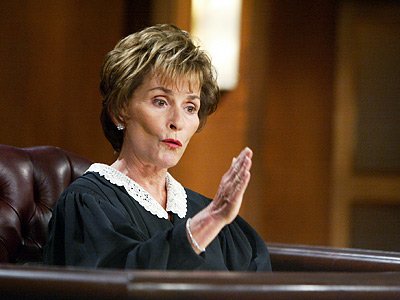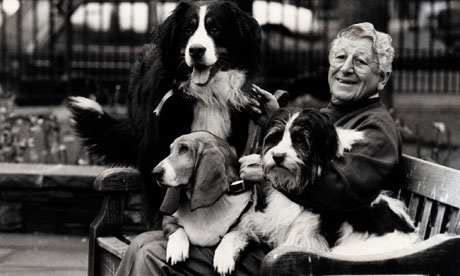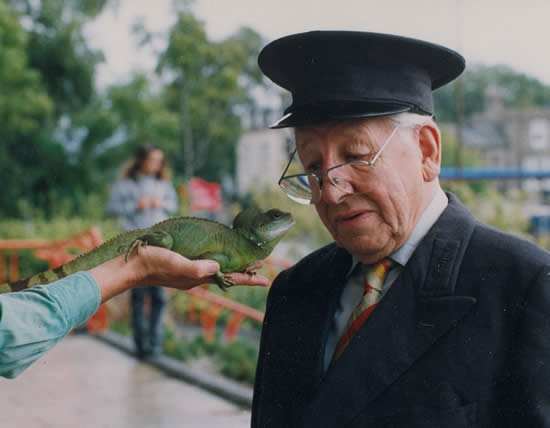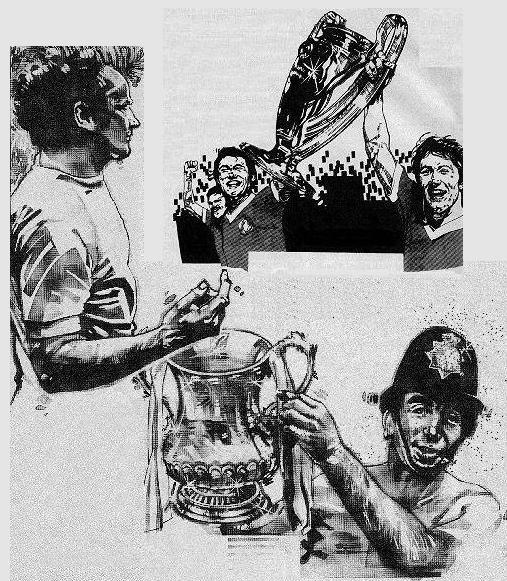
Sale of the Century was a game show based on a US game show of the same name. It was first shown on ITV from 1972 to 1983, hosted by Nicholas Parsons. The first series was aired in the Anglia region only, but it rolled out to other regions from early 1972 and achieved full national coverage by the end of 1975, at which point it was one of the most popular shows on the network - spawning the often-mocked catchphrase "and now, from Norwich, it's the quiz of the week."
It has twice been revived: first, on Sky One from 1989 to 1990 hosted by Peter Marshall; second, on Challenge TV from 1997 to 1998 hosted by Keith Chegwin.












The Challenge version kept the rules of the ITV version, except there was no "Open Sale", and players were spotted £15 to start. There were five rounds with questions being worth £1 in round one, £3 in rounds two and three, and £5 in rounds four and five. Finally, the game ended with 60 seconds of £5 questions. The player in the lead at the end of this round was declared the champion.







































